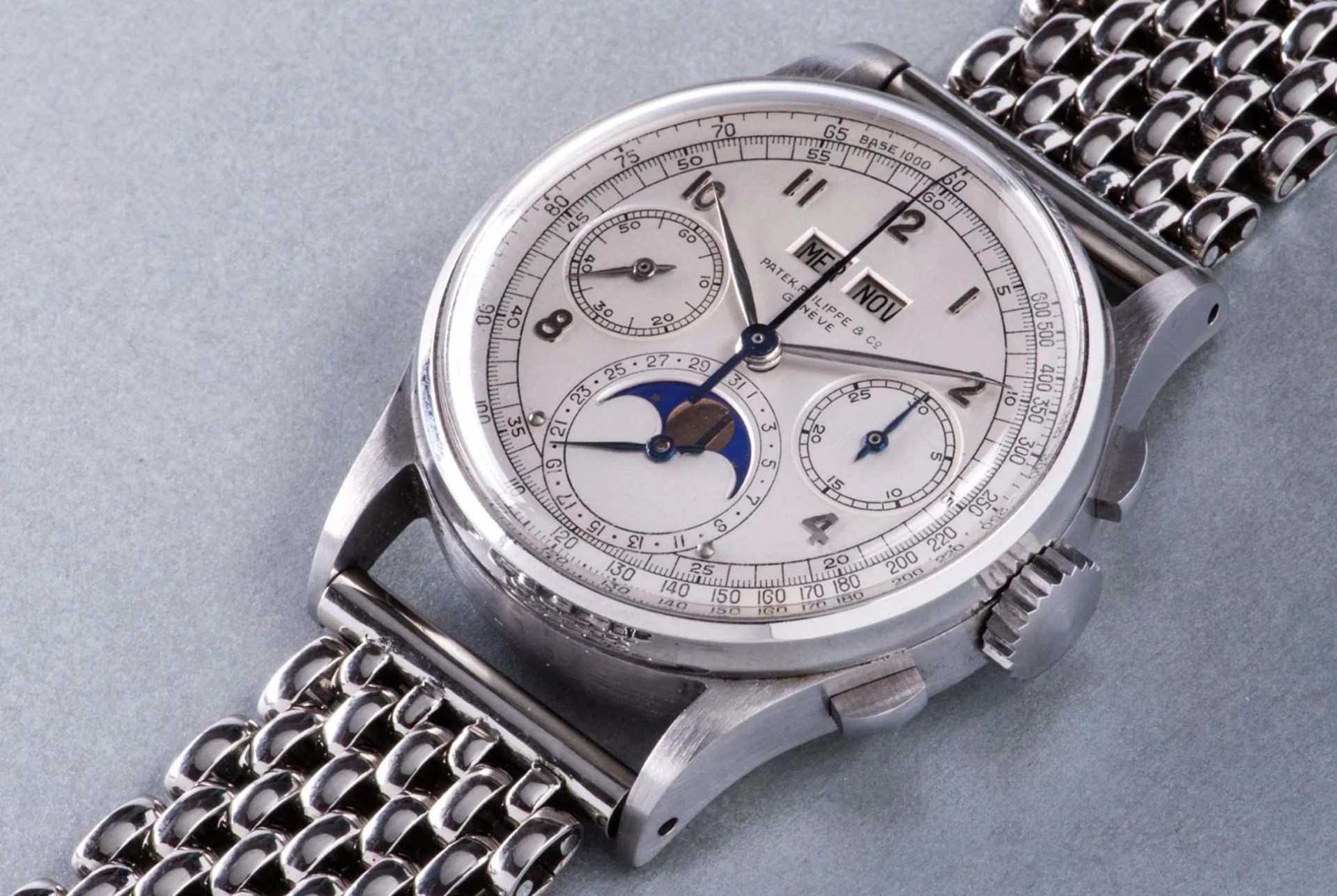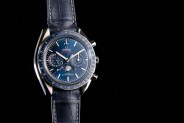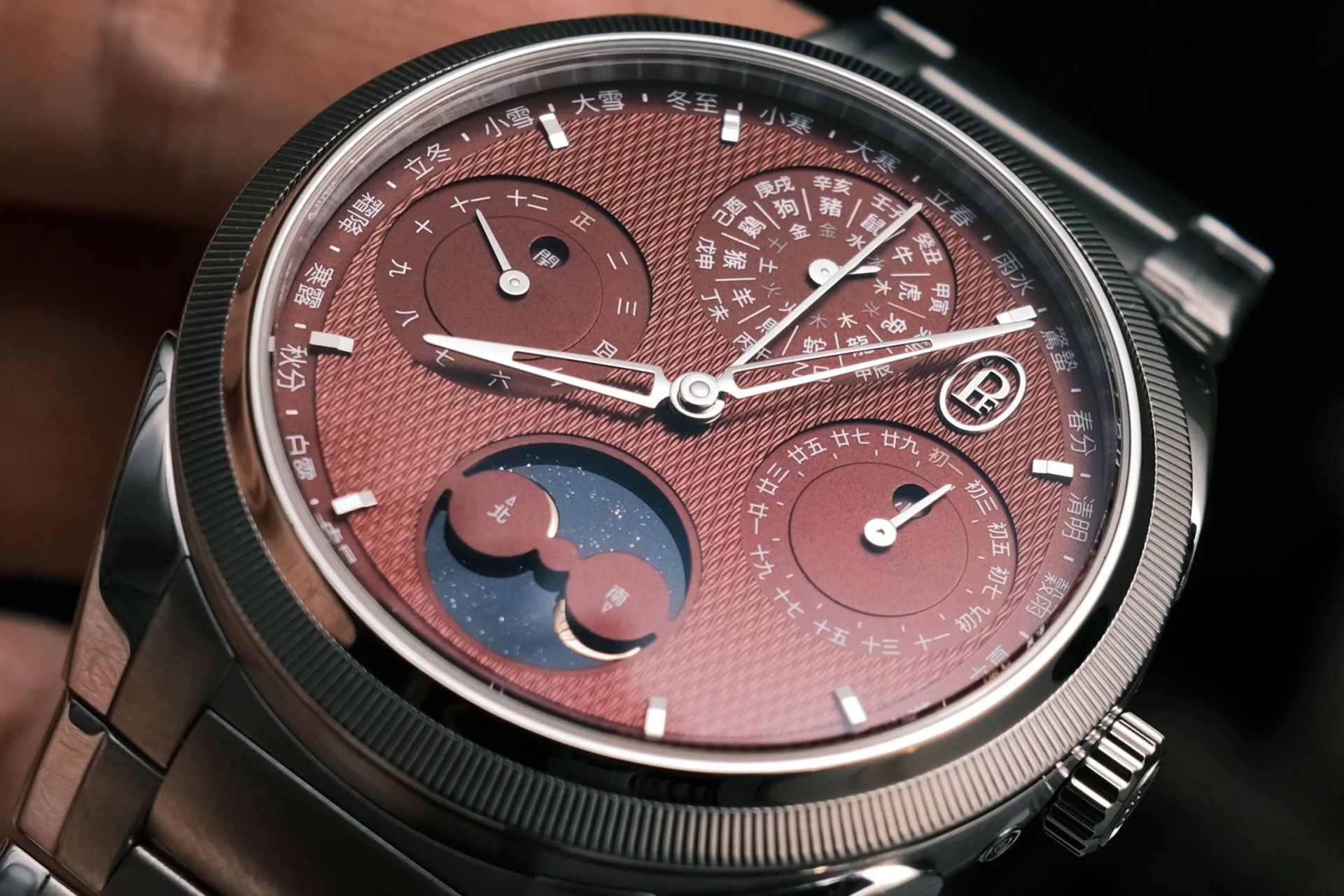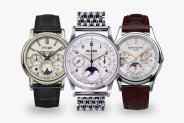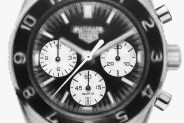If you glance at your watch on July 1st and find that its calendar reads “31,” you can thank the Romans. In the earliest days of their (now) fallen empire, their calendar followed a fairly simple lunar cycle with an arbitrarily set 10 months. When Roman astronomers proposed a more accurate solar calendar with 12 months, the two new ones were named to honor the Caesar dynasty, Augustus and Julius, and immediately rendered September (meaning “seventh”) through December (“tenth”) misnamed. Naturally, these new Caesarian months had to have the most days (31), and so did October (for Caesar Octavius).
So while the calendar approximated the sun’s travel across the sky, these imperially decreed longer months would forever become the bane of future watchmakers: a simple watch with a date function is not smart enough to distinguish months with 30 days from those with 31. And that’s not even to mention the problem of February.
The concept of the leap year was also the result of a decree, though religious instead of political. Pope Gregory wanted to ensure that Easter fell as close as possible to the spring equinox every year, so he declared that every fourth February will get an extra day to keep the calendar synchronized to the seasons. This so-called “Gregorian” calendar compensates for the fact that our 365-day year is six hours shorter than a true solar year and so “resets” it every four years. As if the Romans’ narcissistic calendar weren’t enough to have to deal with, the Gregorian one added even more complexity for future horologists.
How the calendar’s quirks translate into mechanical clockwork
The most elemental form of calendar complication is found in a watch with a date function, which dutifully marches off 31 24-hour cycles before starting all over again thanks to its system of gears that are toothed to coincide with most months. Simply displayed on a rotating disc beneath the dial and highlighted through a window, this is such a common calendar function on watches as to often be taken for granted. The addition of another disc counting off the days of the week is also popular and simple enough to hardly be considered a complication.
But with the addition of a set of gears and discs driven off the going train of the movement, the possibilities grow, and in the 1800s, complete, annual and perpetual calendar watches became popular not only for their usefulness but also for their complexity. These watches add the day of the week and the month and, in their most complicated form, the leap year cycle, allowing the watch to correct itself for not only short months but also for those years that Pope Gregory wanted to be a day longer.
